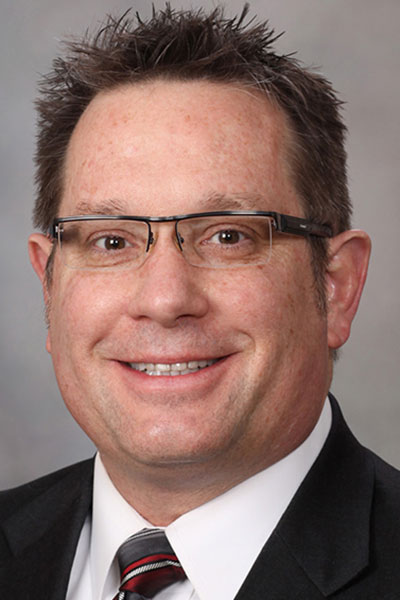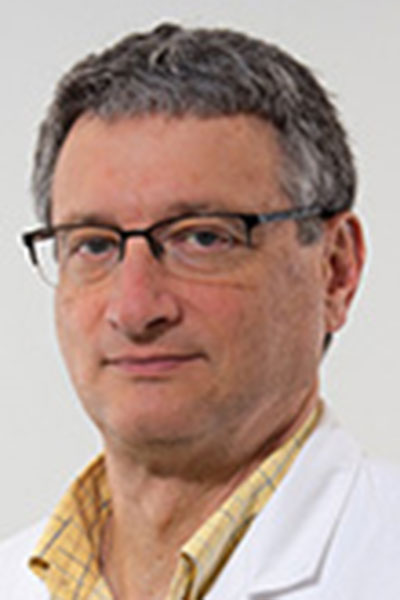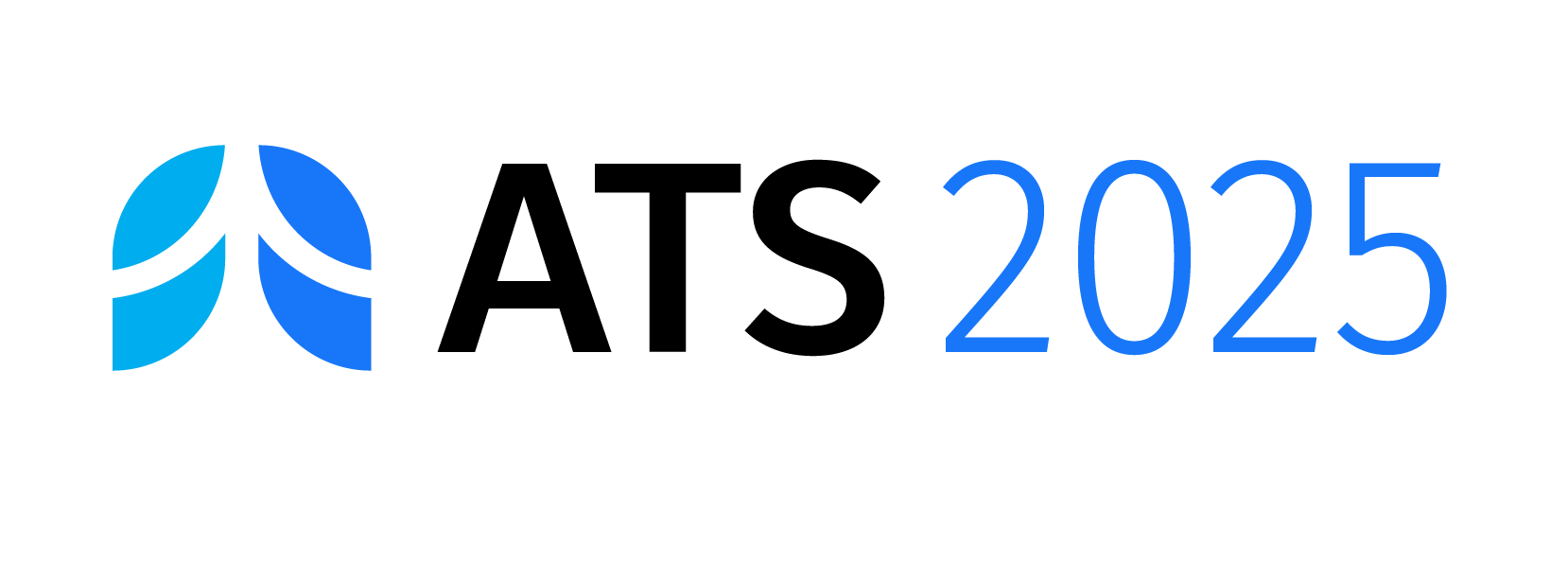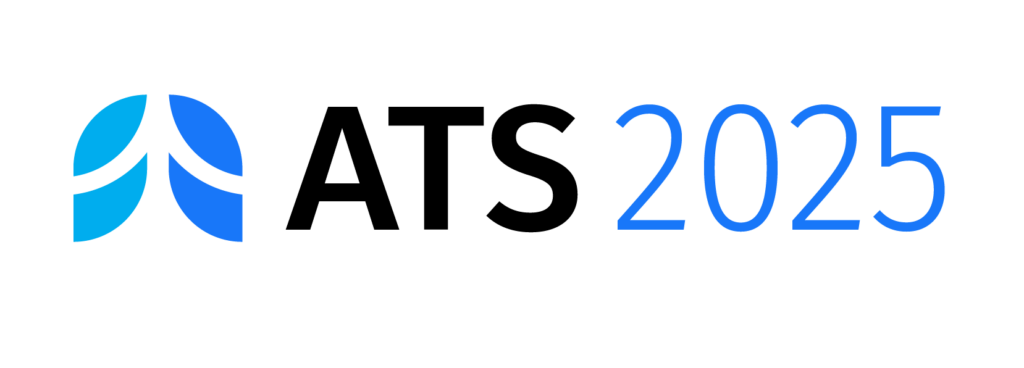The latest advancements in the understanding of the epidemiology, pathophysiology, and therapies—both current and those in the pipeline—of bronchiectasis will be highlighted in the ATS 2023 International Conference scientific program.

The ATS Conference News spoke with Timothy R. Aksamit, MD, FCCP, a pulmonary disease and critical care medicine consultant, professor of medicine, and director of the Mayo Mycobacterial and Bronchiectasis Clinic at the Mayo Clinic, and Mark Metersky, MD, FCCP, professor of medicine at the University of Connecticut, about the hot topics of discussion among bronchiectasis specialists right now. Dr. Metersky is also associate chief of service in the Department of Medicine, chief of the Division of Pulmonary, Critical Care and Sleep Medicine, and the director of the Center for Bronchiectasis Care at UConn.
What new developments in bronchiectasis can attendees expect to learn more about at the ATS 2023 International Conference?
Dr. Aksamit: “First, there is an exploration of the epidemiology and proposed pathogenic pathways contributing to the heterogeneity of patients with bronchiectasis and their phenotypic presentations. Second, there is an expanded understanding of non-cystic fibrosis bronchiectasis grounded in the complex relationships of infection, inflammation (both neutrophilic and eosinophilic), mucociliary function, and structural airway disease. And lastly, attendees can expect an updated review of the emerging evidence to support effective management strategies for bronchiectasis.”
Dr. Metersky: “There will certainly be discussion of potentially groundbreaking treatments that will hopefully become available.”
What opportunities outside of the scientific program will conference attendees have to learn about and discuss bronchiectasis?

Dr. Metersky: “There’s an evening CME program on bronchiectasis. It will be based on science, but it will be clinical, so it will be practical. It will be applicable at the bedside.” Dr. Metersky will chair Disrupting the Vicious Vortex in NCFBE: The Evolving Role of Emerging Neutrophil Agents at 7 p.m. ET Tuesday, May 23, at the Grand Hyatt Washington. Faculty for the symposium include Dr. Aksamit and Margaret M. Johnson, MD, professor of medicine, Mayo Clinic College of Medicine and Science, and a pulmonary medicine consultant, Mayo Clinic.
“There will be plenty of opportunity for engaging and talking with experts throughout the conference. There’s at least one poster discussion session, which is generally small and interactive, and there are certainly opportunities to talk with experts at poster discussion sessions and relevant thematic poster sessions.”
What advice would you give physicians interested in learning more about bronchiectasis to make the most of the International Conference experience in Washington, DC?
Dr. Metersky: “Plan ahead of time to attend the sessions that are most relevant to your practice or your academic interests. It’s a huge conference, so if you don’t plan ahead of time, you’re going to miss things. Take advantage of the opportunities to engage with the experts who will be attending bronchiectasis-related sessions.”
Dr. Aksamit: “I would encourage all attendees to engage, collaborate, and be curious. I think it’s important to leverage the value of the professional and scientific relationships that define the ATS conference and its success in leading change and responding to the advancement of science, including meeting the unmet needs of patients with bronchiectasis from bench to bedside.”
What is at the forefront of the dialogue surrounding bronchiectasis right now?
Dr. Metersky: “The impact of and approach to non-tuberculous mycobacterial infection in patients with bronchiectasis, because it’s becoming more prevalent and it’s difficult to treat. There’s also more and more discussion on the underlying pathophysiology of bronchiectasis and whether there is a role for targeting the inflammatory pathway in different ways, such as targeting eosinophilic inflammation or targeting neutrophilic inflammation. It’s about better characterizing the underlying endotypes or underlying drivers of inflammation with the hopes of working toward precision medicine for bronchiectasis.”
Dr. Aksamit: “The most common topics discussed are protean and crossover basic science, translational science, and clinical investigations focusing on the inflammation, infection, and effective mucociliary management for patients with bronchiectasis. It’s my opinion that this is at the forefront given the promising emerging data supporting the notion that bronchiectasis can be effectively managed.”
What excites you about bronchiectasis right now and into the future?
Dr. Metersky: “There are still no FDA-approved treatments for bronchiectasis, and as we better understand the drivers of the inflammation in the disease, there will hopefully be more opportunity to apply that understanding to the bedside. Bronchiectasis is finally being recognized by the pharmaceutical companies in the last 10 years or so. Before that, there was really no interest. Hopefully this better understanding of the entity and interest from pharmaceutical companies will result in effective therapy.”
Dr. Aksamit: “There’s more activity in a larger bronchiectasis space now than there’s ever been. Hope resides in the current bronchiectasis space continuing to grow. There is robust support and collaboration globally, including World Bronchiectasis Day, which is celebrated on July 1, and with the inaugural release having occurred at the World Bronchiectasis Congress in 2022 at Prague, Czech Republic, highlighting abundant potential opportunities for investigators, clinicians, patients, and their caregivers at the global level.
“Hope also resides in the emerging evidence for the understanding and development of new bronchiectasis tools that are enabling many incredibly bright, talented, and enthusiastic young investigators to become involved with the full support of established investigators to develop hypothesis-driven questions and funded formal proposals.
“Work in the bronchiectasis space extends from the early development of effective management strategies using new technologies and scientific methodologies to advancing the science while embracing the core strengths of individualized medicine. We are indeed in a new age of bronchiectasis.”
Extend Your Learning Beyond San Francisco with ATS 2025 Conference Highlights

With so many valuable educational opportunities offered during the ATS 2025 International Conference, attendees are often forced to decide which sessions to prioritize. That’s why the Society is offering three ATS 2025 Conference Highlights packages for those unable to attend ATS 2025 San Francisco or attendees interested in continuing their education after the conference. Check out the packages and pick the one that’s right for you. Learn at your own pace, whenever and wherever you are!

